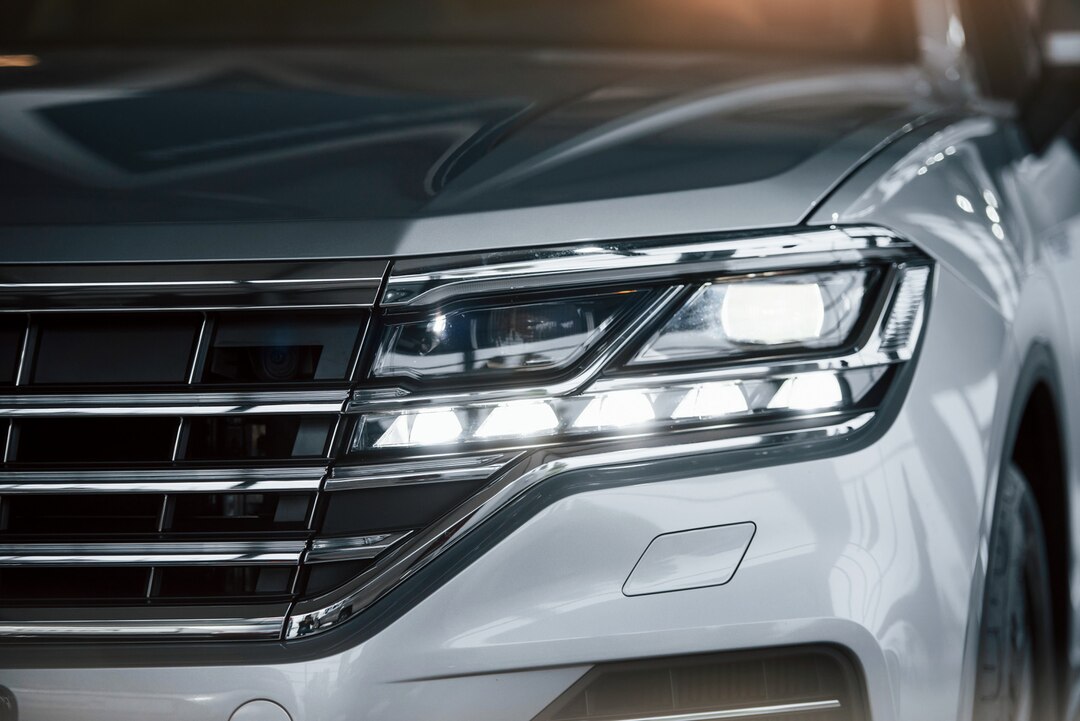Car headlights play a crucial role in providing visibility and safety while driving, especially during low-light conditions or at night. Over the years, automotive lighting technology has evolved significantly, leading to the development of various types of headlights with distinct features and benefits. In this guide, we’ll explore different types of car headlights that you must know about:
1. Halogen Headlights
Halogen headlights are among the most common types of headlights found in vehicles today. They use halogen gas to produce a bright, white light when an electric current passes through the tungsten filament inside the bulb. Halogen headlights are relatively inexpensive to produce and offer good visibility, but they tend to have a shorter lifespan compared to newer technologies.
2. LED Headlights
LED (Light Emitting Diode) headlights are becoming increasingly popular in modern vehicles due to their energy efficiency, durability, and brightness. LED headlights use semiconductor diodes to produce light, resulting in a bright and focused beam with a longer lifespan compared to halogen bulbs. LED headlights also offer faster response times, making them ideal for use in brake lights and turn signals.
3. Xenon HID Headlights
Xenon HID (High-Intensity Discharge) headlights produce light by passing an electric current through xenon gas, resulting in a bright and intense beam of light. HID headlights offer improved visibility and a longer lifespan compared to halogen bulbs. However, they can be more expensive to produce and may require additional components such as ballasts and igniters.
4. Adaptive Headlights
Adaptive headlights are a newer technology that automatically adjusts the direction and intensity of the light beam based on driving conditions. These headlights use sensors to detect the speed of the vehicle, steering angle, and ambient lighting levels, allowing them to pivot and swivel in the direction of travel. Adaptive headlights improve visibility around curves and corners, reducing the risk of accidents in low-light conditions.
5. Laser Headlights
Laser headlights are the latest advancement in automotive lighting technology, offering unparalleled brightness and efficiency. These headlights use laser diodes to generate light, which is then converted into a white beam using phosphor material. Laser headlights produce a highly focused beam of light that can illuminate objects at a greater distance compared to other types of headlights. However, they are currently limited to high-end luxury vehicles due to their high cost.
6. Bi-Xenon Headlights
Bi-Xenon headlights combine the benefits of xenon HID technology with the versatility of halogen bulbs. These headlights use a single xenon bulb for both low and high beam functions, with a movable shield or lens that adjusts the beam pattern accordingly. Bi-Xenon headlights provide excellent visibility and brightness while offering energy savings compared to traditional halogen bulbs.
With advancements in automotive lighting technology, drivers now have a variety of options when it comes to choosing headlights for their vehicles. From traditional halogen bulbs to advanced LED and HID headlights, each type offers its own set of benefits in terms of brightness, energy efficiency, and longevity. Whether you prioritize visibility, durability, or energy savings, there’s a type of headlight to suit your needs and preferences. As automotive lighting technology continues to evolve, we can expect to see even more innovative solutions that further enhance safety and visibility on the road.











